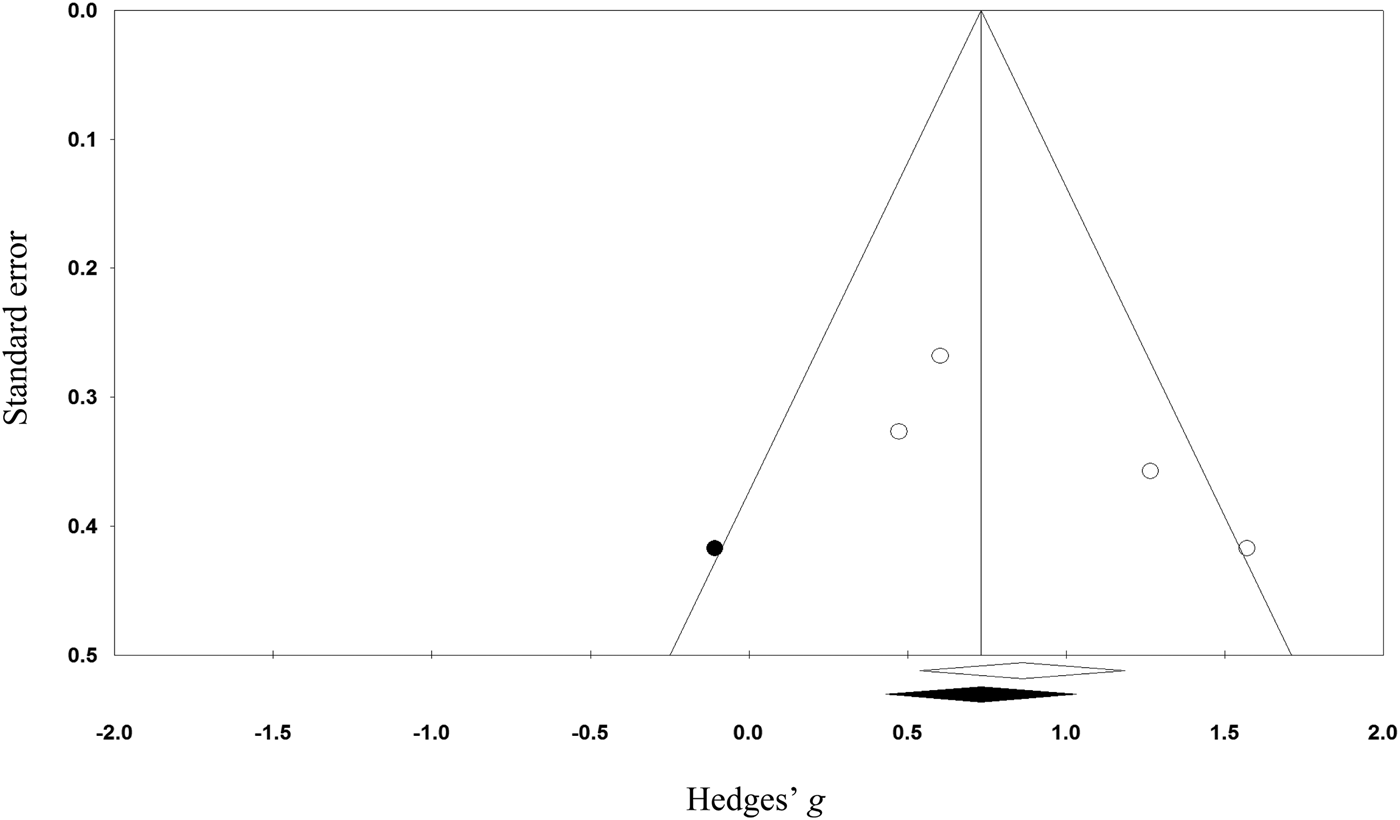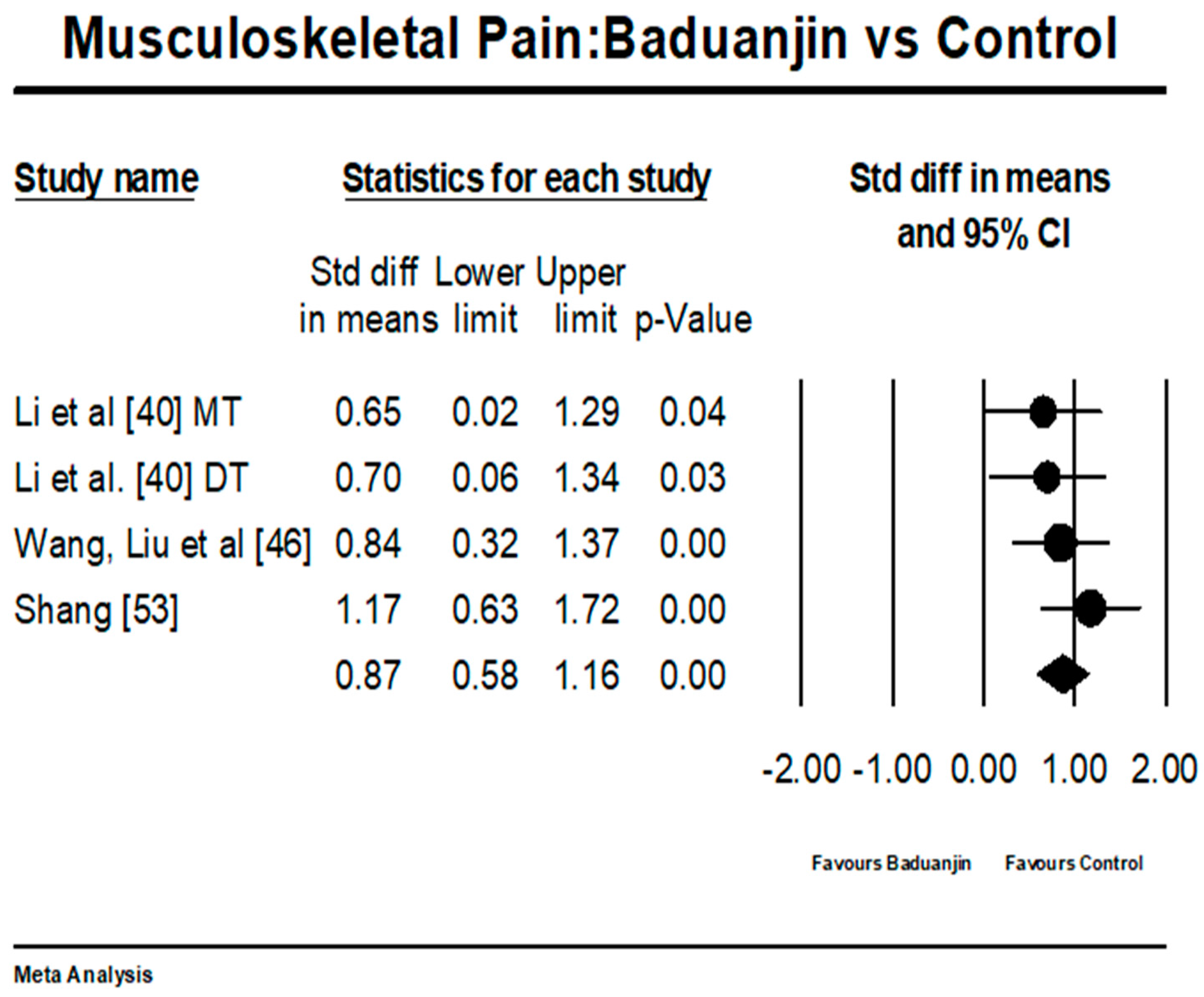

With this in mind, the research team chose survival to hospital admission as the primary outcome for the present investigation rather than discharge from the hospital. In some cases, care delivered in the hospital could make prehospital interventions appear more or less effective than they really are. However, this outcome measure is a reflection of both in-and out-of-hospital care, along with a number of other factors. e., discharge from the hospital with favorable neurologic function. The ultimate goal of any resuscitation attempt is to return the patient to as normal a life as possible, i. By pooling these results in one analysis, researchers can establish a more accurate estimate of a treatment effect than can be determined by any single small study alone. Ī meta-analysis is a rigorous review method that allows researchers to integrate the research findings of several small trials into one analysis. In an attempt to address this issue, a research team conducted a meta-analysis of all evidence, both randomized and observational, published on the subject since the year 2000. Some have argued that the failure to show improved outcomes associated with mechanical chest compression may be more reflective of the limitations and execution of the study designs than an indictment of the machines.

#COMPREHENSIVE META ANALYSIS MANUAL MANUAL#
Transport to the STEMI center is uneventful and the patient is quickly transferred to the cath lab. The cardiologist congratulates the medics on a successful resuscitation, but the humble medics reply the switch from manual to mechanical chest compressions is primarily responsible for the save. Before leaving the scene, Medic Gutierrez performs a 12-lead ECG, which reveals the presence of a large inferior wall ST-segment myocardial infarction (STEMI). Medic Davis turns the mechanical chest compressor off but leaves the device in place. The patient has regained a pulse but remains unconscious and is not breathing.

After administration of epinephrine, the rhythm rate begins to increase and the medics notice the ETCO2 value slowly begins to rise.Įight minutes after arriving on scene, the ETCO2 value is 58 mm Hg. The ECG monitor displays an organized rhythm at a rate of 30 complexes per minute. The initial end-tidal carbon dioxide (ETCO2) value is 18 mm Hg. One of the medics inserts a supraglottic airway and confirms proper placement. Improve cardiac arrest survival: 10 tips every medic needs to follow


 0 kommentar(er)
0 kommentar(er)
